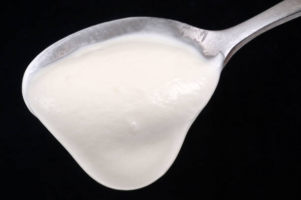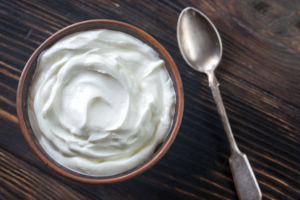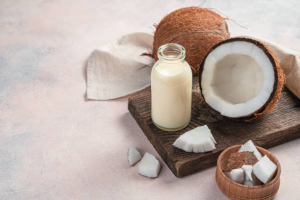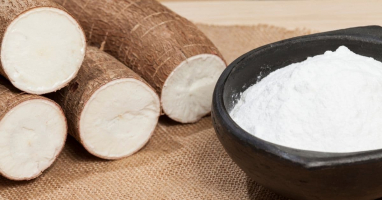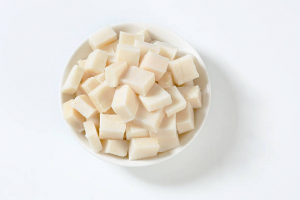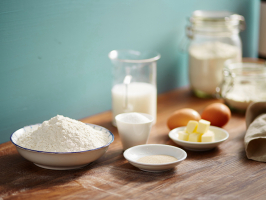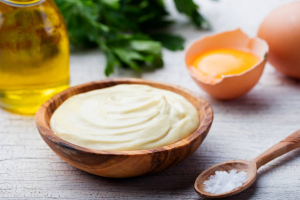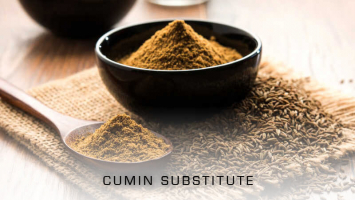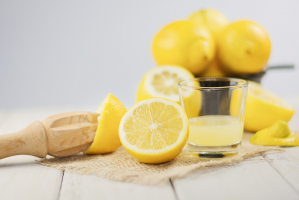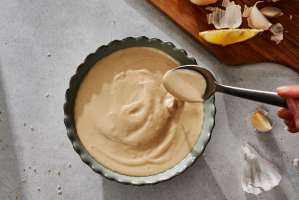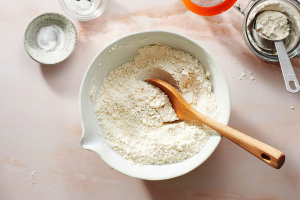Top 6 Best Substitutes for Shallots
The allium plant family, which also contains garlic, onions, leeks, and chives, includes shallots. These tiny bulbs are used often in meals like pasta, meat, ... read more...savory baked items, and soups because of their delicate, somewhat sweet flavor. Although shallots are a common ingredient in kitchens all around the world, they could be difficult to locate in some places. There are various substitutions you may use in a hurry if you run out of shallots or can't locate them in your local supermarkets, so don't panic. The best shallot alternatives are listed here.
-
Many chefs agree that one of the greatest shallot alternatives is yellow onions. They have a similar flavor and are neither too sweet nor astringent. In addition to fiber, vitamin C, potassium, and a number of other nutrients, yellow onions are very nutrient-dense. Additionally, they include plant substances like flavonoids, which have anti-inflammatory and antioxidant properties.
According to research, those who frequently eat onions are at a decreased risk of developing various malignancies and nonalcoholic fatty liver disease. Yellow onions are typically available at grocery shops. When using them in recipes that call for shallots, use a 1:1 ratio. They function well both raw and cooked.
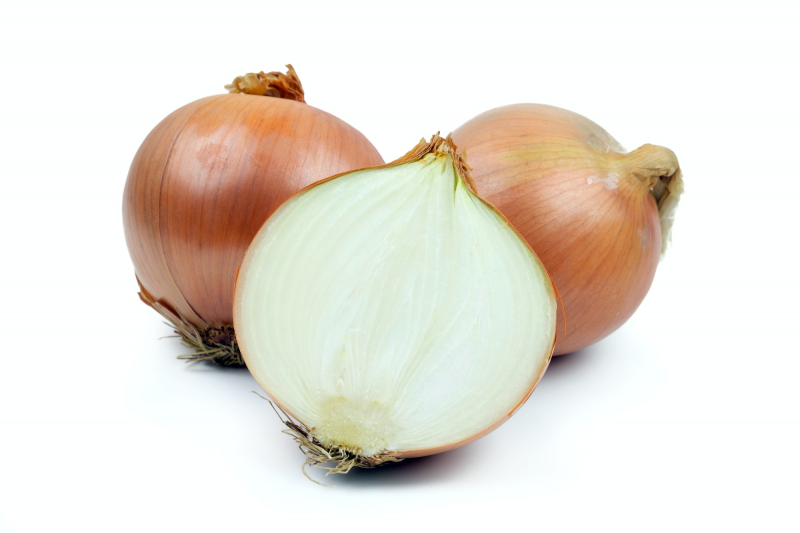
Yellow onions 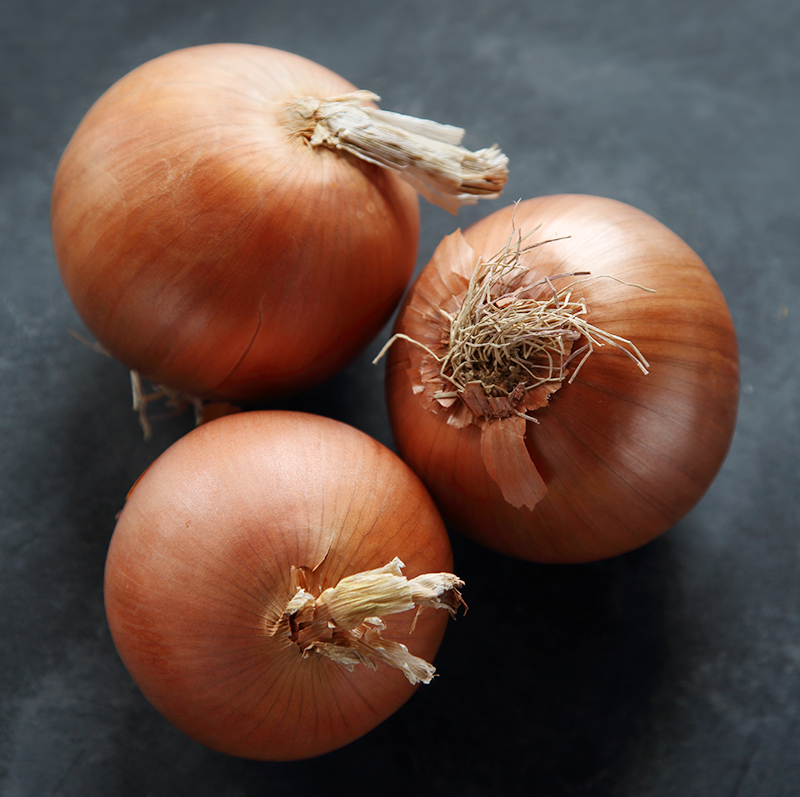
Yellow onions -
Onion-related blooming plants include chives. They taste moderate and not overly spicy, similar to shallots, so they work well as a stand-in in many dishes. The scapes, which have little white bulbs and green stalks, are frequently cut and used as a garnish for foods like soups, mashed potatoes, and omelets.
You may substitute chopped chives for fresh chopped shallots in recipes that call for them. The texture of chives differs from that of shallots, and heating them may mute their delicate flavor. Nevertheless, you can use chives to bring a kick of flavor to dishes such as:
- lettuce, chicken, and cherry salad with creamy horseradish dressing
- mushroom omelet
- olive oil mashed potatoes
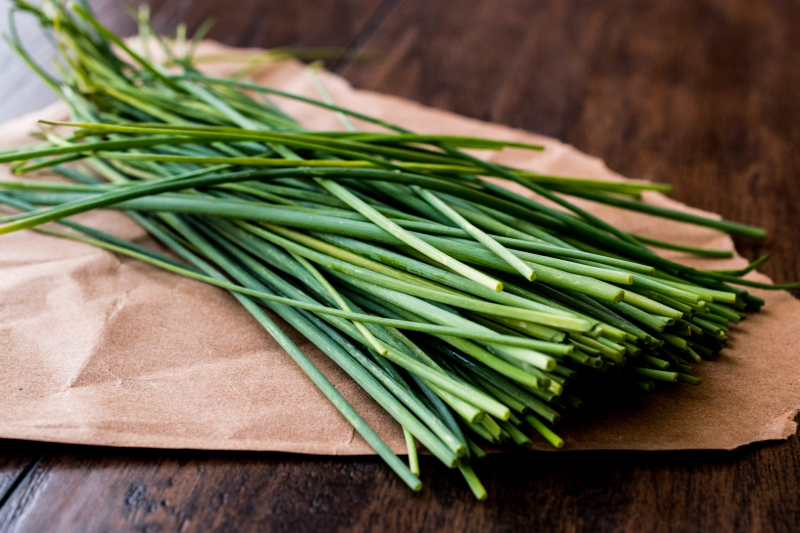
Chives 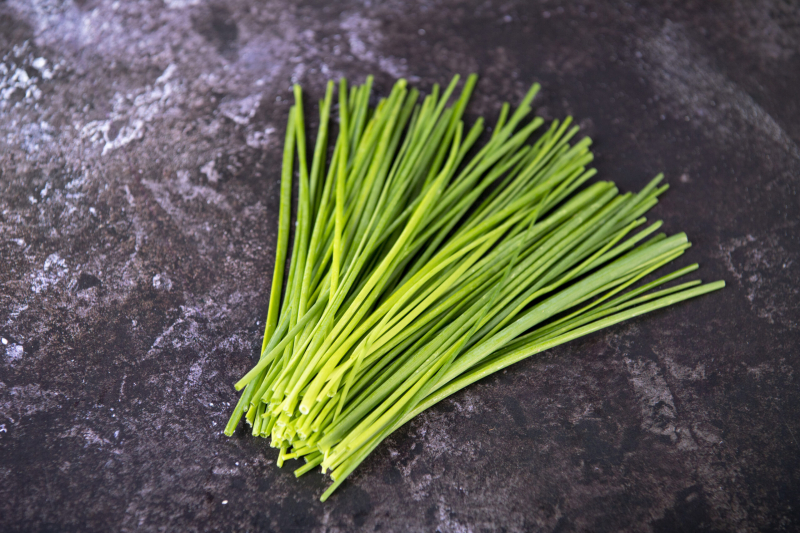
Chives -
In some recipes, the shallot can be replaced with the nutrient-rich component garlic. Garlic, another member of the allium family, has been connected to several health advantages. For instance, consuming garlic has been associated with a lower risk of a number of malignancies, metabolic disorders, heart disease, diabetes, and other conditions.
While roasted garlic takes on a sweeter, richer tone, raw garlic has a strong, peppery flavor. Because of this, be aware of whether your recipe asks for cooked or raw shallot, and handle the garlic accordingly. Also keep in mind that while substituting a few chopped garlic cloves for the shallots can flavor your meal, the flavor won't be exactly the same.
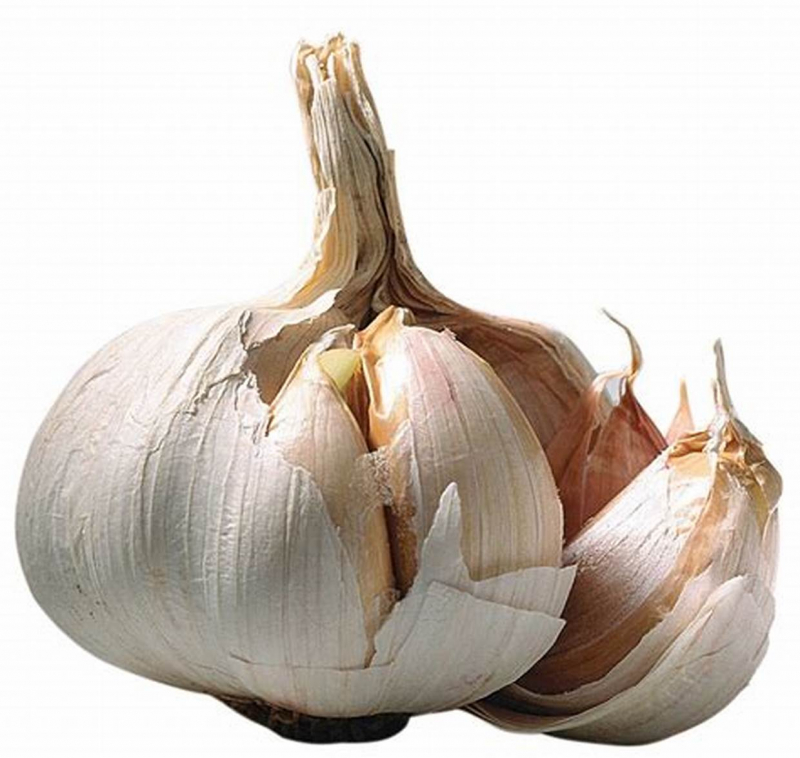
Garlic 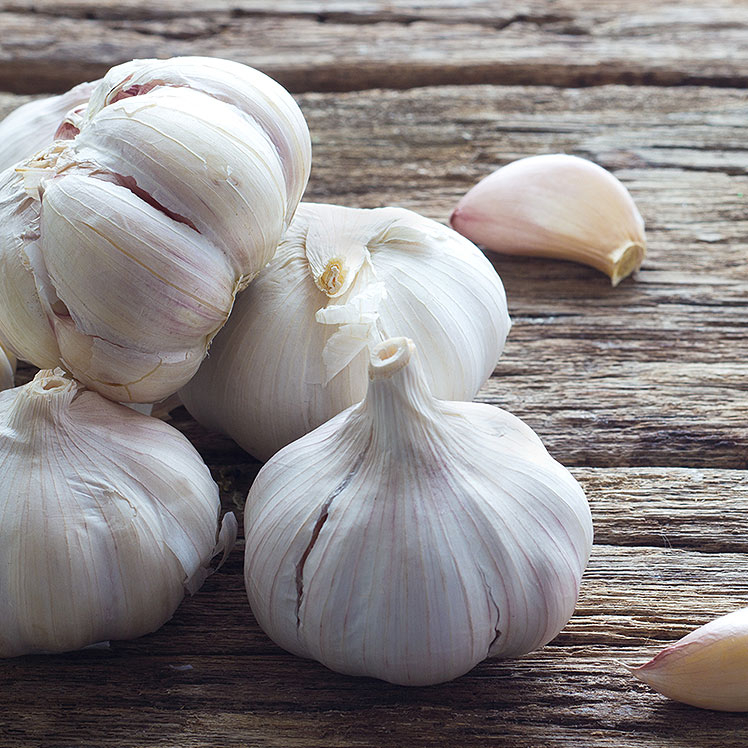
Garlic -
Leeks and shallots have a family relationship and a similar taste character. They have a softer flavor than onions, tasting somewhat sweeter than cooked shallots. They are rich in minerals including manganese, provitamin A, and vitamins C and K1. Leeks also include flavonoids like kaempferol and quercetin, which are antioxidant plant substances that may help prevent heart disease.
Leeks may be used in the same manner as shallots in recipes including spaghetti, soups, and stews. Although most people only consume the white and light green portions that resemble onions, the harder green tips can be added to soups and stocks to enhance the taste. Leeks can be used in place of shallots if they are finely sliced and rinsed. Then, cook them in the same manner as shallots.
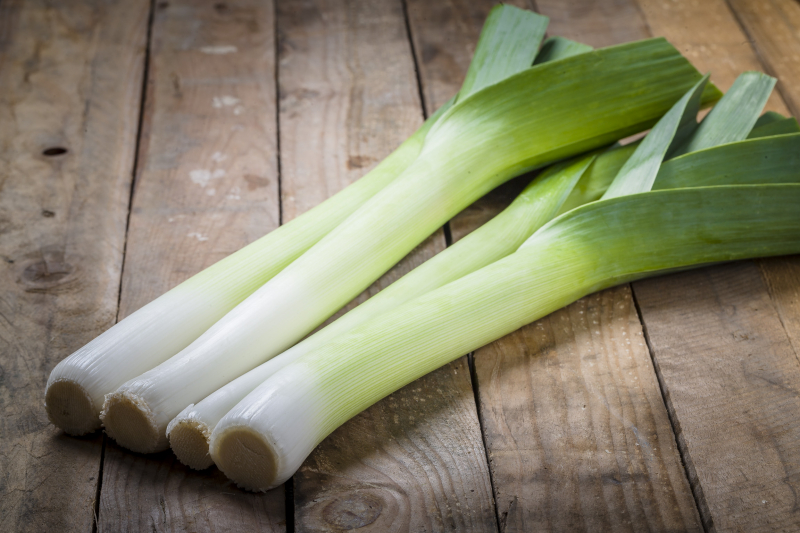
Leeks 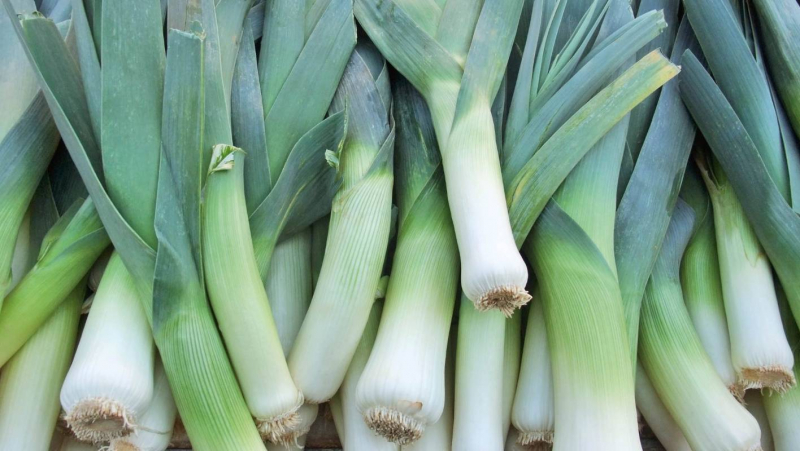
Leeks -
Although red onions can also be used in place of shallots, many people believe that yellow onions are the finest option. They taste crisper and have a bit more potency than yellow onions. Red onions can be used in place of shallots, either raw or cooked. Consider using less red onion than shallots in a dish since red onions have a hotter taste.
Anthocyanins, which are plant pigments, are present in red onions and give them their rich purple color. According to studies, eating foods high in anthocyanins may help prevent illnesses including cardiac and neurological disorders. Still, if a recipe calls for a large number of shallots and you have only red onions on hand, consider trying out one of these red onion dishes instead:
- caramelized broccoli and red onion pizza
- chicken breast sauteed in sweet red onion and lemon
- easy avocado tomato salad
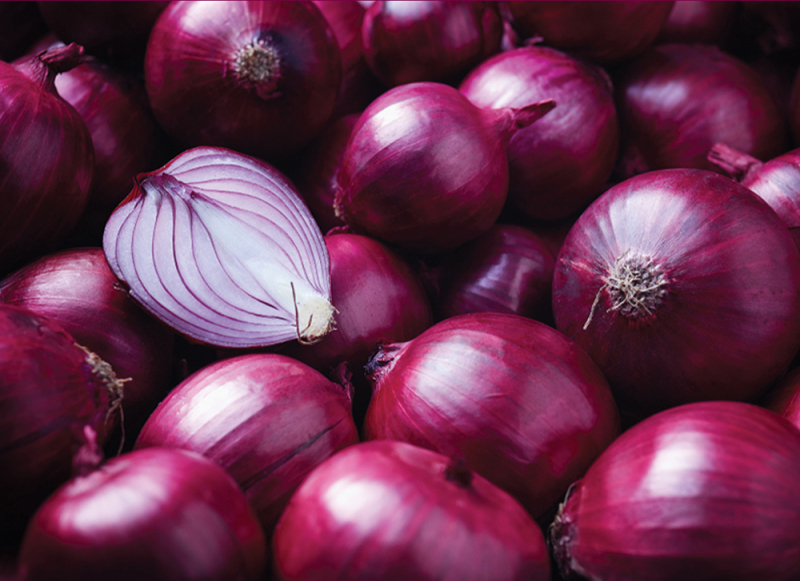
Red onions 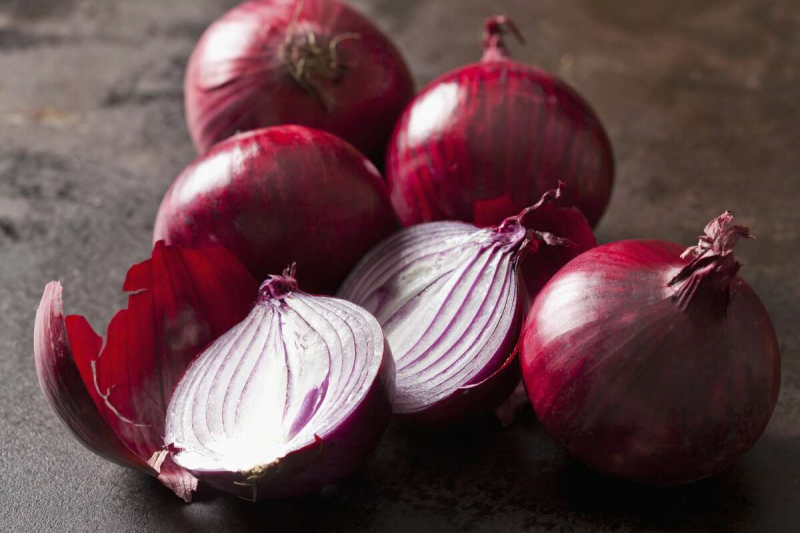
Red onions -
The same family as shallots also includes scallions, commonly referred to as green onions. In some recipes, you may use them as a shallot alternative. Young onions known as scallions are taken before the base develops into a bulb. The green tops and the white bottoms of the scallion plant are edible.
They have a delicate flavor. The flavor of the white portion of the plant is somewhat sweet and onion-like, similar to a shallot. Although it is softer and has green undertones, the top portion also tastes like an onion. Like shallots, scallions can be enjoyed both raw and cooked. Use chopped scallions raw as a garnish or incorporate them into dishes such as:
- Chinese scallion pancakes
- broiled salmon with scallions and sesame seeds
- ginger and scallion chicken soup
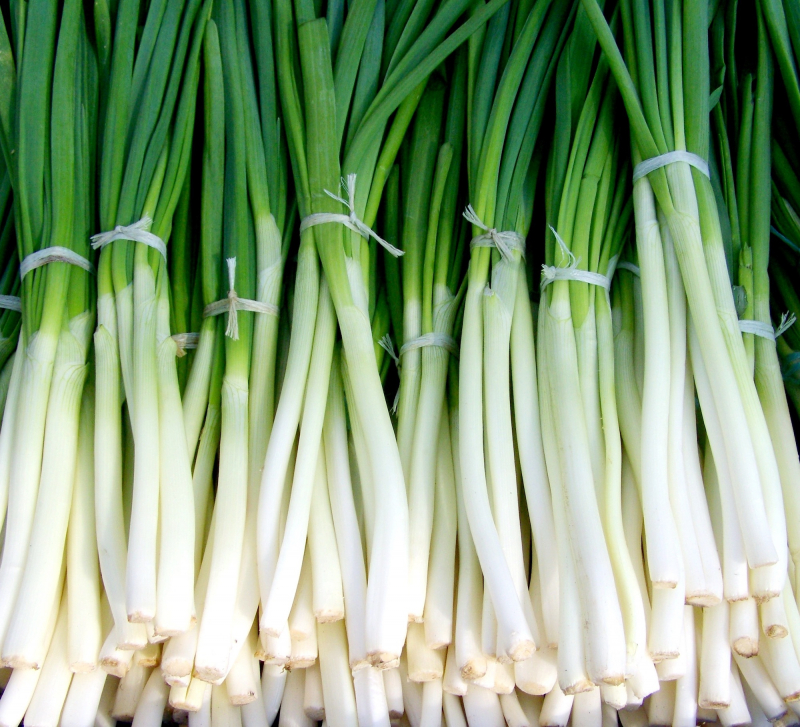
Scallions (green onions) 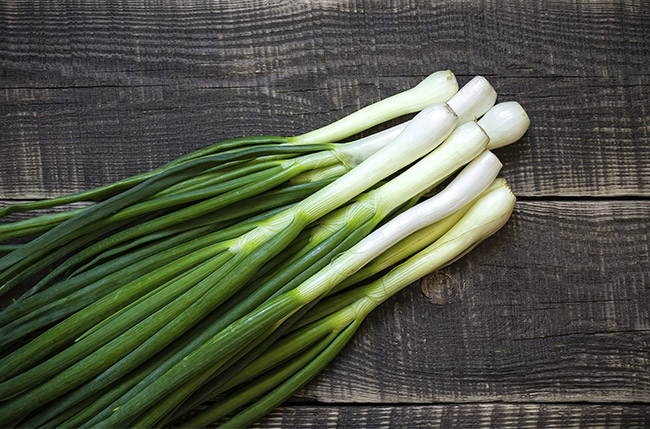
Scallions (green onions)








